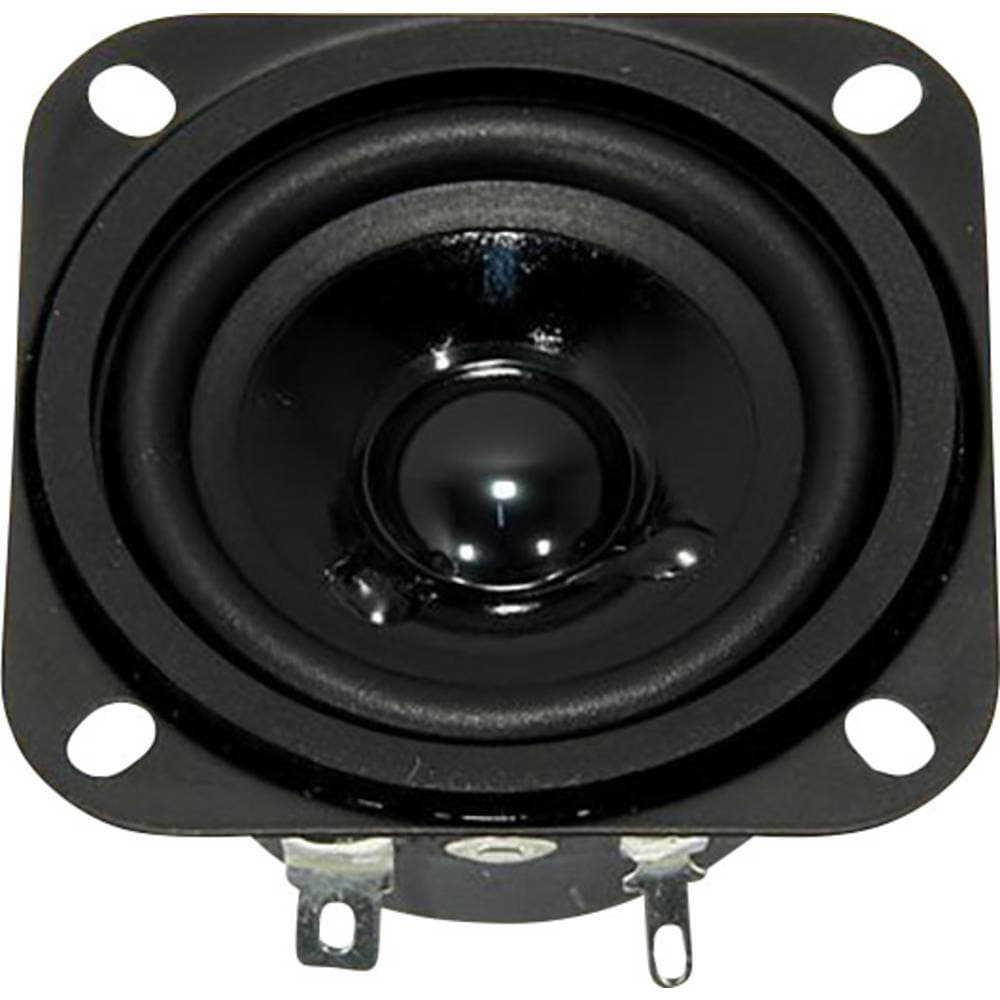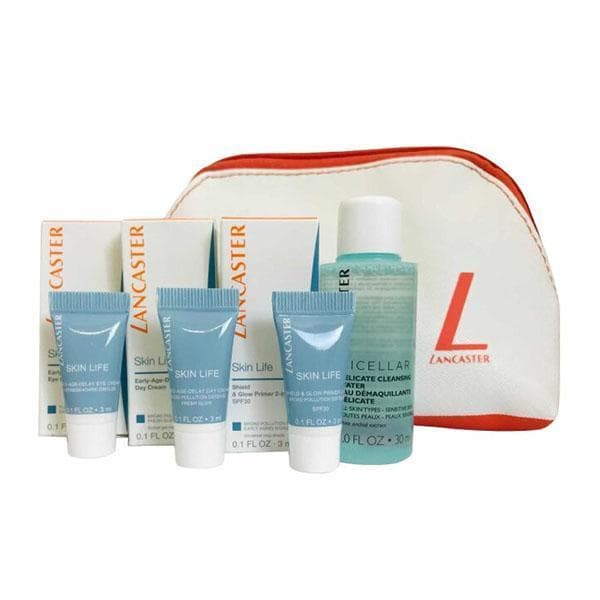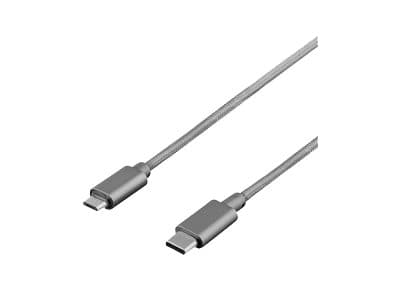Winston Churchill was no stranger to storms. They had engulfed him in various ways throughout his long career and he had always turned to face them with jutting jaw and indomitable spirit. Dark clouds had hovered over him from the moment he became Britain’s Prime Minister in May 1940. Now, fifteen harrowing months later, he was setting out to meet President Franklin Roosevelt, the one man who could offer real assistance in his hour of need. And another storm awaited -this time one of a meteorological kind as his ship, HMS Prince of Wales, ran into a howling gale within hours of leaving its base at Scapa Flow. Churchill demanded to be escorted to the Captain’s cabin. His escort was a nervous young officer who feared that, in total darkness up swaying stairs, the Prime Minister, a man of some girth, might fall into the roiling sea. But Churchill relished it, remarking later that it was like an adventure after being trapped in No.10 Downing Street. The storm was so bad that the three-destroyer escort, sailing alongside to ward off the very real prospect of the battleship being torpedoed by German U-Boats, could not keep up. Undaunted, Churchill gave the order Full steam ahead!’ The risks were considerable, especially as Churchill had brought the bulk of his senior military staff with him. When he heard of it, the Canadian Prime Minister thought him mad. When the secret journey was revealed a few days later, Members of Parliament were aghast. But, Churchill knew where his deliverance lay, and he knew that he could no longer postpone a meeting with the man who held Britain’s fate in his hands. After five days, the coast of Newfoundland hove into view and when Britain’s Prime Minister was piped aboard USS Augusta at Placentia Bay, there began a meeting which, in hindsight, could be seen as one of immense profit for the future of mankind. It was a meeting that allowed FDR and Churchill to get to know each other and become friends. It was also a meeting that, somewhat unexpectedly, produced a document, strangely never signed, called The Atlantic Charter -an eight point agreement designed to act as a guide for how the world’s nations should behave towards each other in the post-war years. Many of the principles laid out in this document are incorporated into the Charter of the United Nations. In this book, the authors seek not only to explain how this document came into being -bits of it being scrawled out on scraps of paper over dinner -but to delve into the lives of the two most prominent and influential figures of the twentieth century. For most people belonging to younger generations, they are but legendary names from history. In addition the authors have added biographies of the men who helped them change history -Harry Hopkins and Sumner Welles; Lord Beaverbrook and Lord Cadogan as well Randolph Churchill, the rambunctious and often misunderstood son who had a greater influence on his father’s life than many critics were willing to accept. The creation of the Atlantic Charter stands as a pivotal moment in time -the moment two great leaders, men of courage, empathy and imagination, stood alone against tyranny to save the world.












